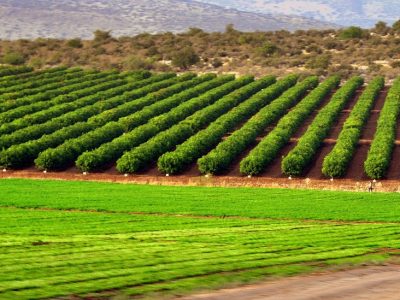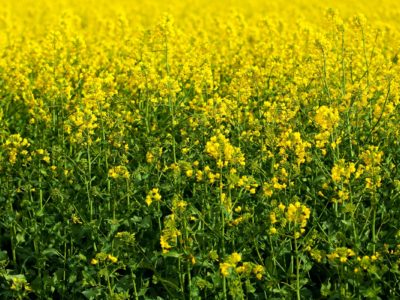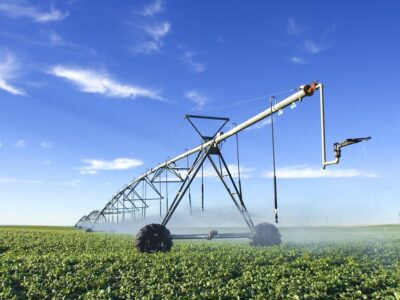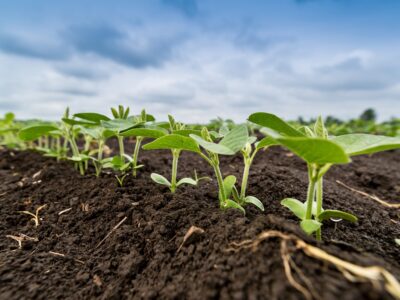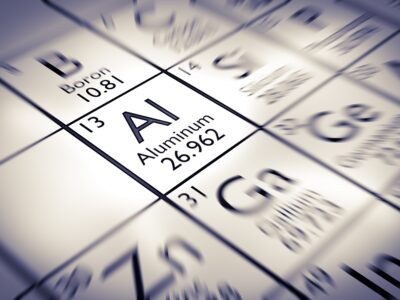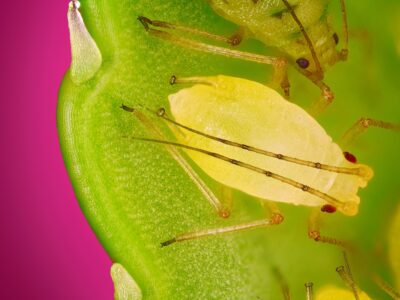Ozone water treatment
Ozone as a disinfectant in water treatment Ozone is a gas molecule composed of three oxygen atoms (O3). It was first discovered... Read More
Irrigation with wastewater
What is wastewater? Wastewater is water that has been used domestically or in the industry. Wastewater contains many pollutants, biological and chemical... Read More
How to choose the best cover crop
Cover crops play a significant role in the farmer’s field. Typically, cover crops are planted between harvests or for winter protection. They... Read More
Center pivot irrigation systems
Center pivot irrigation is a mechanized sprinkler system that irrigates crops in a circular pattern. In this type of systems, a long... Read More
What is Carbon Farming?
Climate change is a major global challenge that requires urgent action to mitigate its negative impacts. One way in which individuals and... Read More
Nitrogen fixation by legumes
Legume crops provide an important source of protein, carbohydrates and oils for humans and animals. One of their unique features is their... Read More
8 Beneficial Insects that Will Actually Help Your Plants
Although gardening is remarkably fun and healthy, it can also get a bit frustrating at times, especially when pests decide to make... Read More
Aluminum toxicity in plants
Aluminum is a metallic element with a valency of +3. It is the third most abundant element in earth’s crust. Despite the... Read More
Global water usage and resources
Global water demand is increasing sharply. One in nine people do not have access to clean water. That’s about 800 million people.... Read More
How to identify and control aphids
Aphids are a common pest of ornamentals, fruit trees and vegetables. Once spread, they may cause massive losses and transmit plant viruses.... Read More




